
Craft in the Classroom
On October 27, the CoLab hosted a workshop, “‘Make’ Your Way through 2025” to talk

Faculty that intentionally build classroom community emphasize the contributions that individual students bring to the table, create comfortable spaces for students to be willing to share their ideas and seek help, and emphasize the significance of human connection within academic spaces. Classroom community is integral for students’ sense of belonging, connection, motivation, and engagement. When students feel they are a part of a community, they feel more comfortable with expressing their ideas, engaging in the work, and making mistakes. Building classroom community is also a powerful tool for demonstrating care for students.
Plymouth State’s learning management system is Canvas. All PSU courses have a Canvas shell automatically created for them. ET&S provides the technical infrastructure and support for Canvas. CoLab staff can consult about instructional design considerations related to Canvas (such as discussion forums, group assignments, announcements, etc.).
Teams is a collaboration tool available to all staff, faculty, and students through the Microsoft Suite. With this tool, users can collaborate on documents, make posts, and chat with each other. ET&S provides technical support for Teams. CoLab staff can consult about classroom community considerations related to Teams.

On October 27, the CoLab hosted a workshop, “‘Make’ Your Way through 2025” to talk
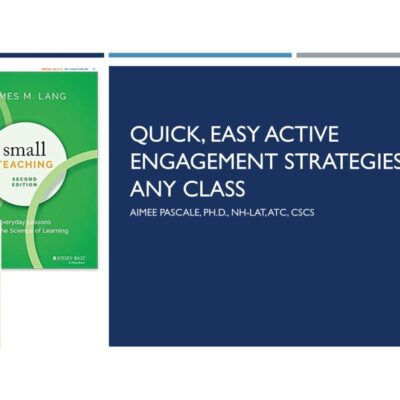
Presenter: Aimee Pascale Many active engagement strategies are evidence-based to support retention, learning, and the
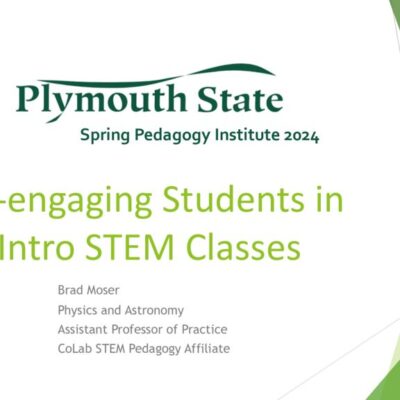
Presenter: Brad Moser During the Spring 2023 semester, I trialed a 7-week student-designed, measurement-based project
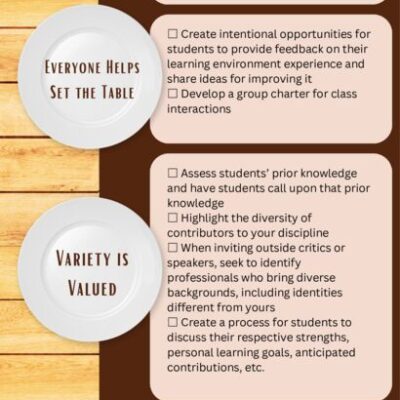
Join Hannah in exploring a list of practices created by the Center for Excellence in

Methods for incorporating active engagement activities into your lecture. These methods work for in person,
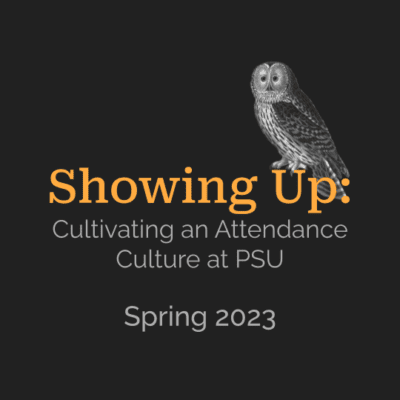
Anecdotally, university professors at PSU are reporting that their students are struggling with class attendance.
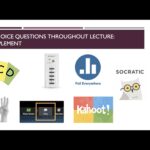
We will discuss 3 evidence-based methods for incorporating active engagement activities into your lecture to
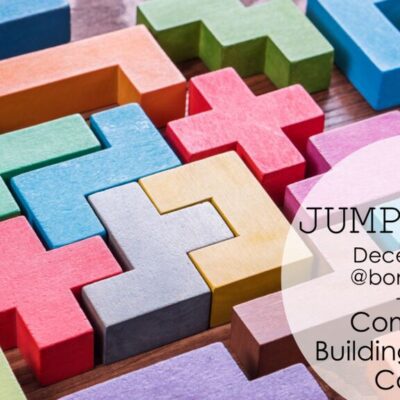
While online learning often gets framed as less social than f2f sessions, the internet actually
